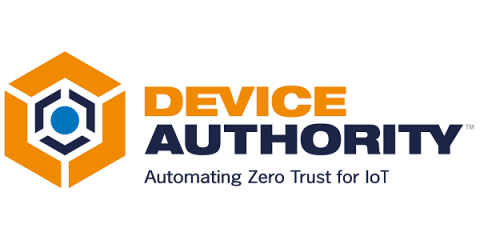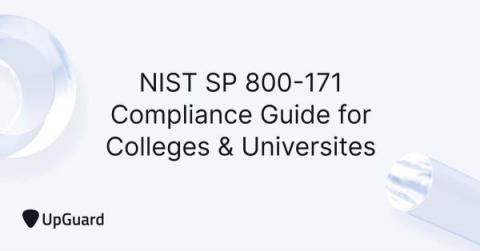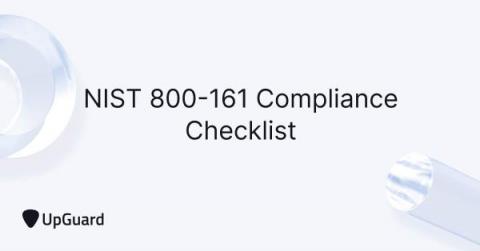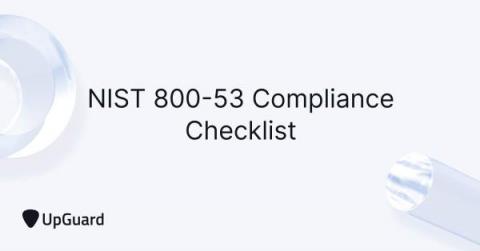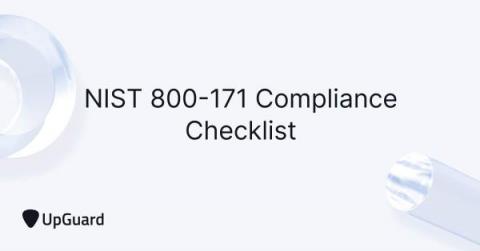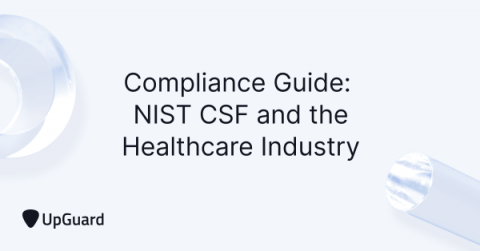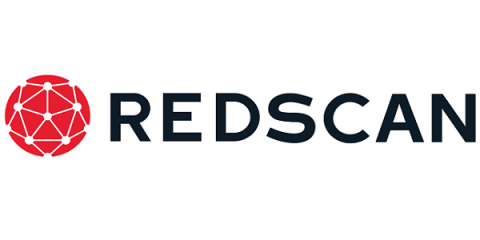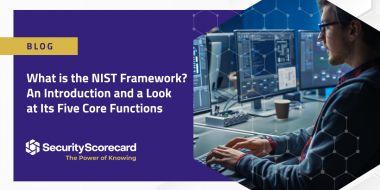What the industry wants to improve on NIST Cybersecurity Framework 2.0
The NIST Cybersecurity Framework was meant to be a dynamic document that is continuously revised, enhanced, and updated. These upgrades allow the Framework to keep up with technological and threat developments, incorporate lessons learned, and transform best practices into standard procedures. NIST created the Framework in 2014 and updated it with CSF 1.1 in April 2018.



